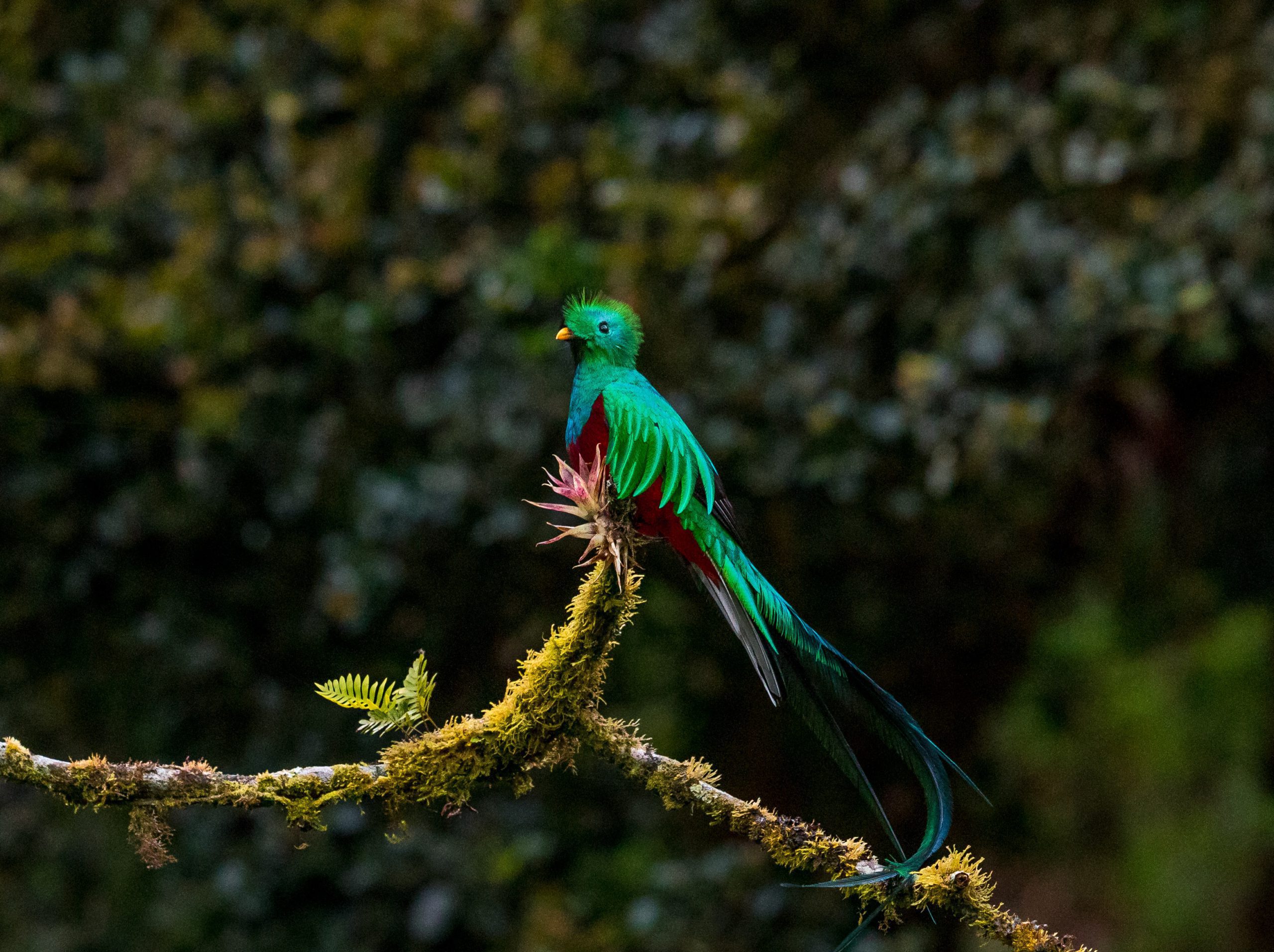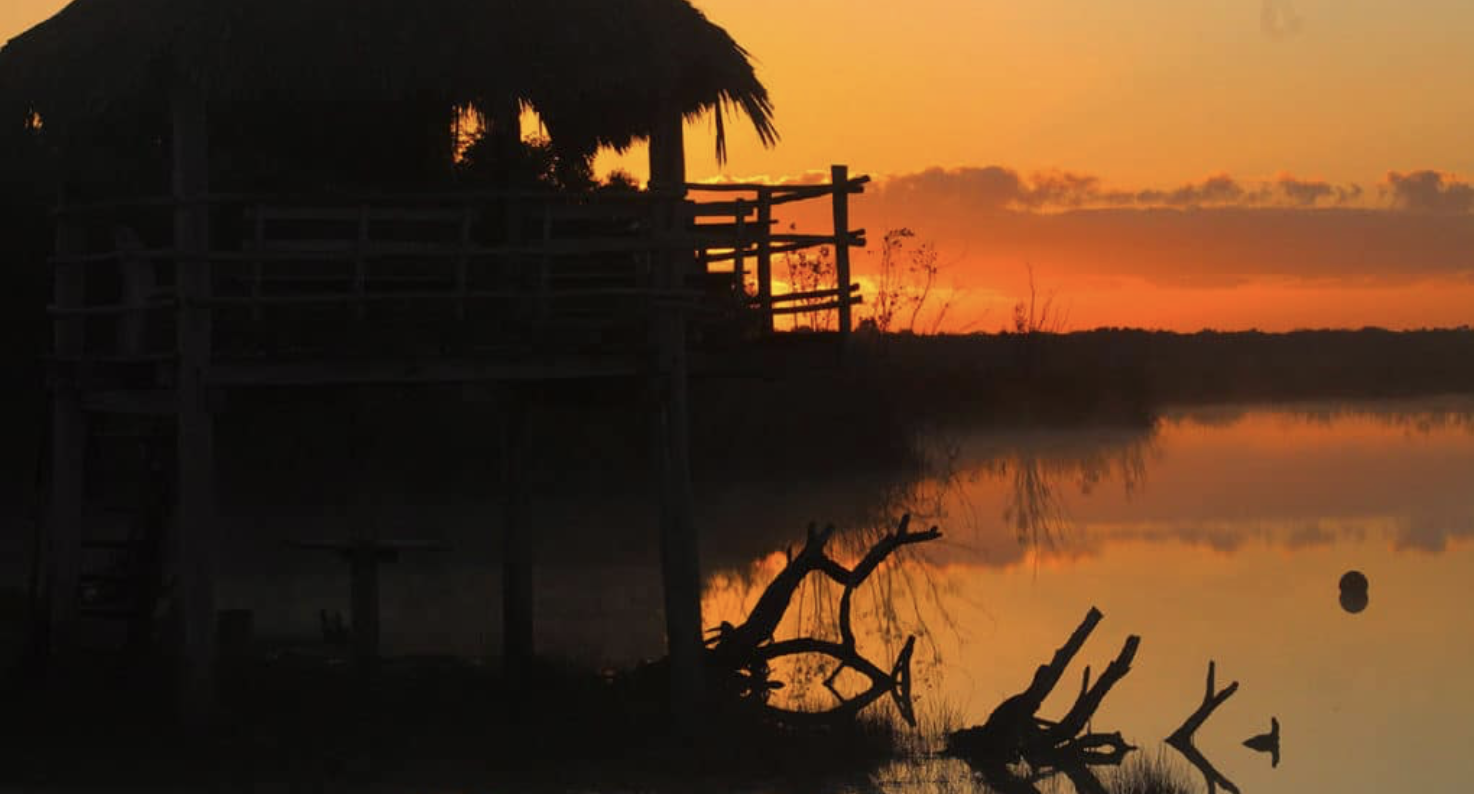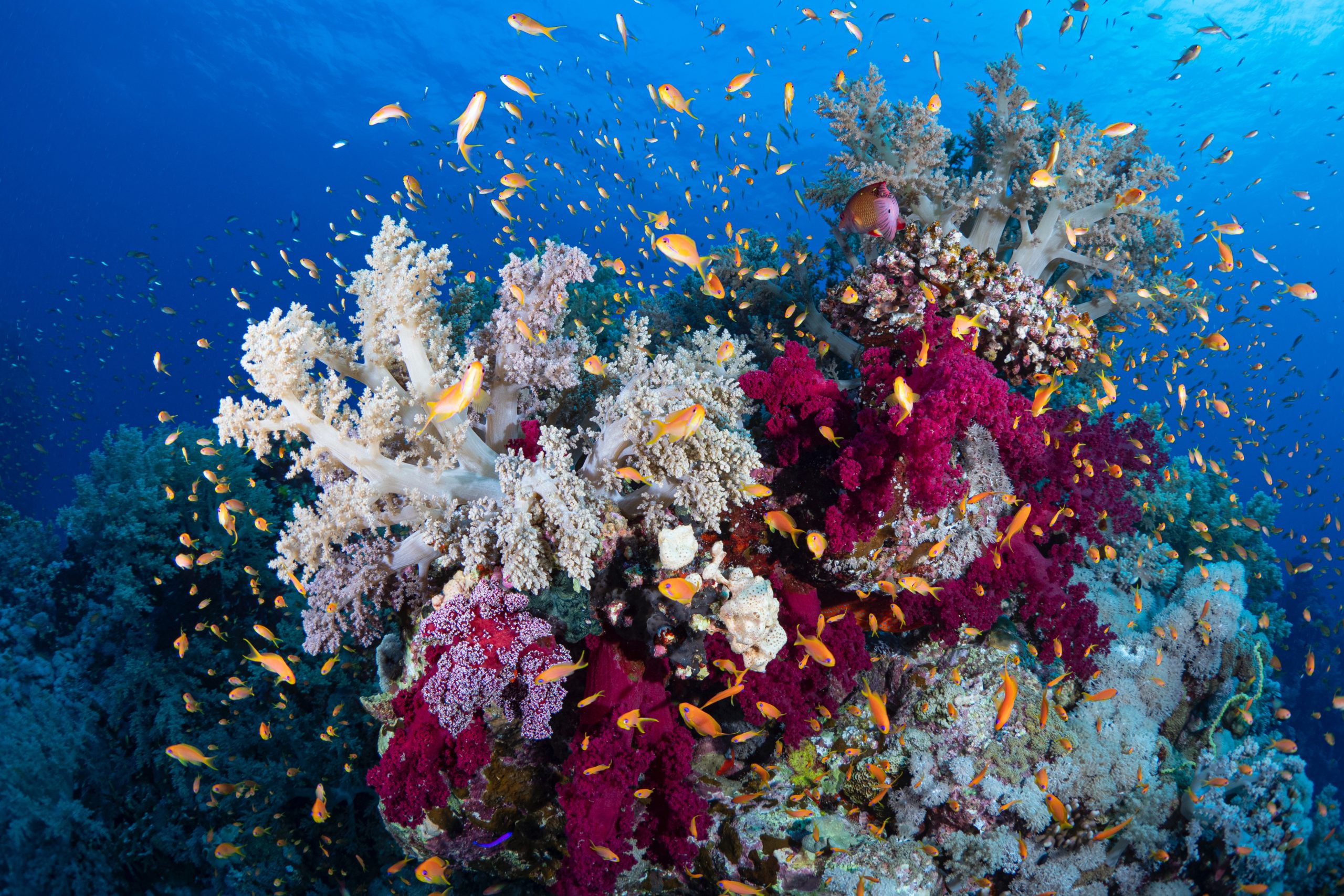What to do in Mexico City in the month of March
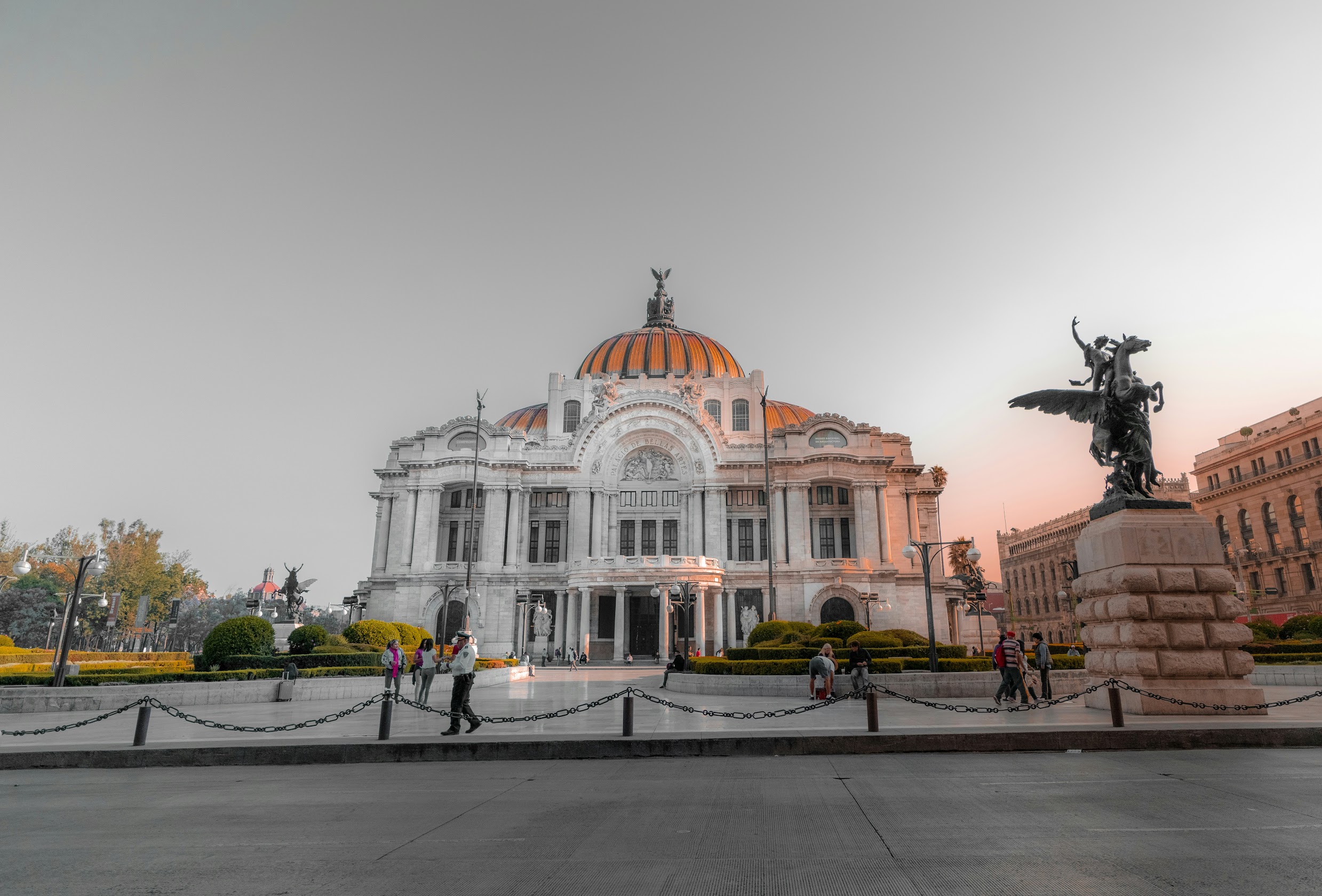



Tailor made for you.
Mexico City (CDMX) is a vibrant metropolis, full of history, culture, and unique flavors. March is an ideal month to visit, as the weather is mild and the festivities are in full swing. From cultural events and art exhibitions to traditional gastronomy tastings and outdoor explorations, this guide will help you make the most of your visit in March.
Historic Center Festival
Every year, during March, the Mexico Festival takes place in the Historic Center, a major cultural event that offers a diverse program with music, dance, theater, and film performances. Activities are held in iconic venues of the Historic Center, such as the Palace of Fine Arts, the City Theater, and the Templo Mayor Museum. It’s an excellent opportunity to immerse yourself in Mexican culture and enjoy quality events in historic settings.
Visit Museums and Art Galleries
Mexico City is famous for its vast array of museums, many of which feature interesting temporary exhibitions in March:
- Frida Kahlo Museum: Known as the "Blue House," this museum, located in Coyoacán, is a must-visit for art lovers and those interested in Mexican history. The house where Frida lived with Diego Rivera displays her works, personal items, and some of her famous dresses.
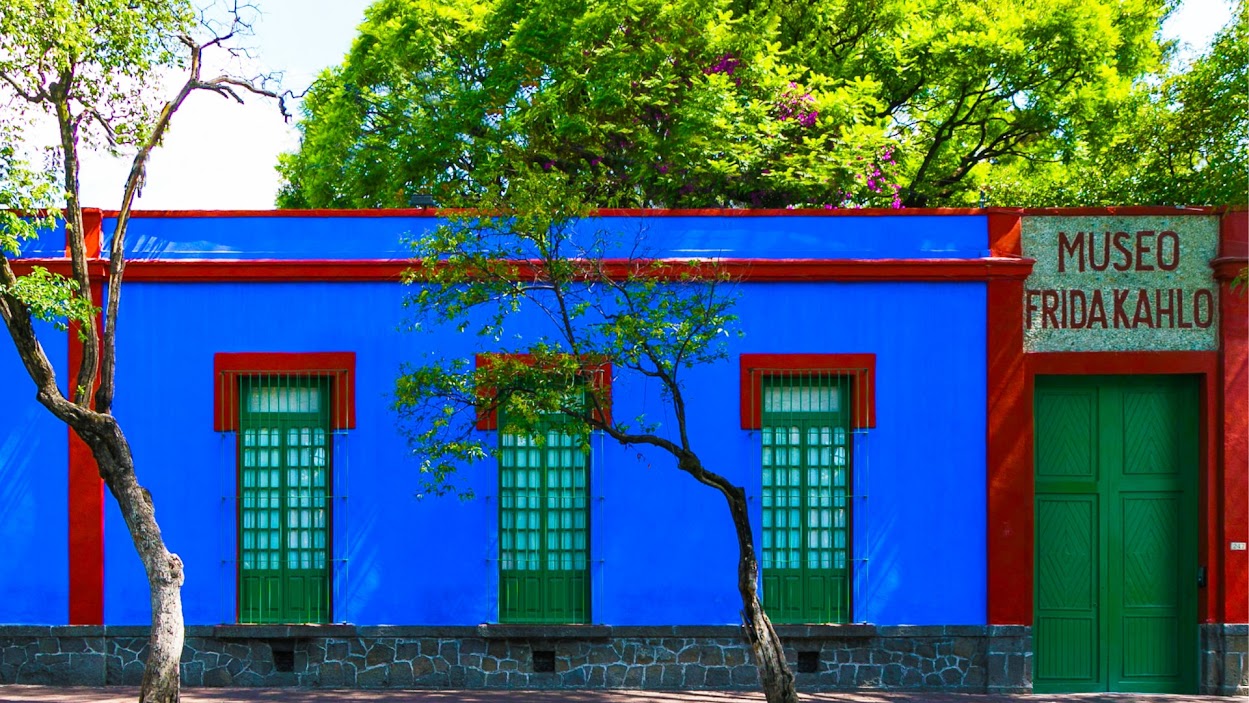
- National Museum of Anthropology: This is Mexico’s largest and most important museum. It explores the wealth of the country’s pre-Columbian cultures, with exhibits about the Aztecs, Mayans, and other ancient civilizations.
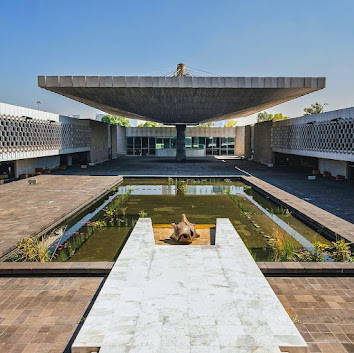
- Tamayo Museum and Jumex Museum: Both located in the Polanco area, these are perfect for contemporary art lovers. They often have temporary exhibitions by national and international artists.
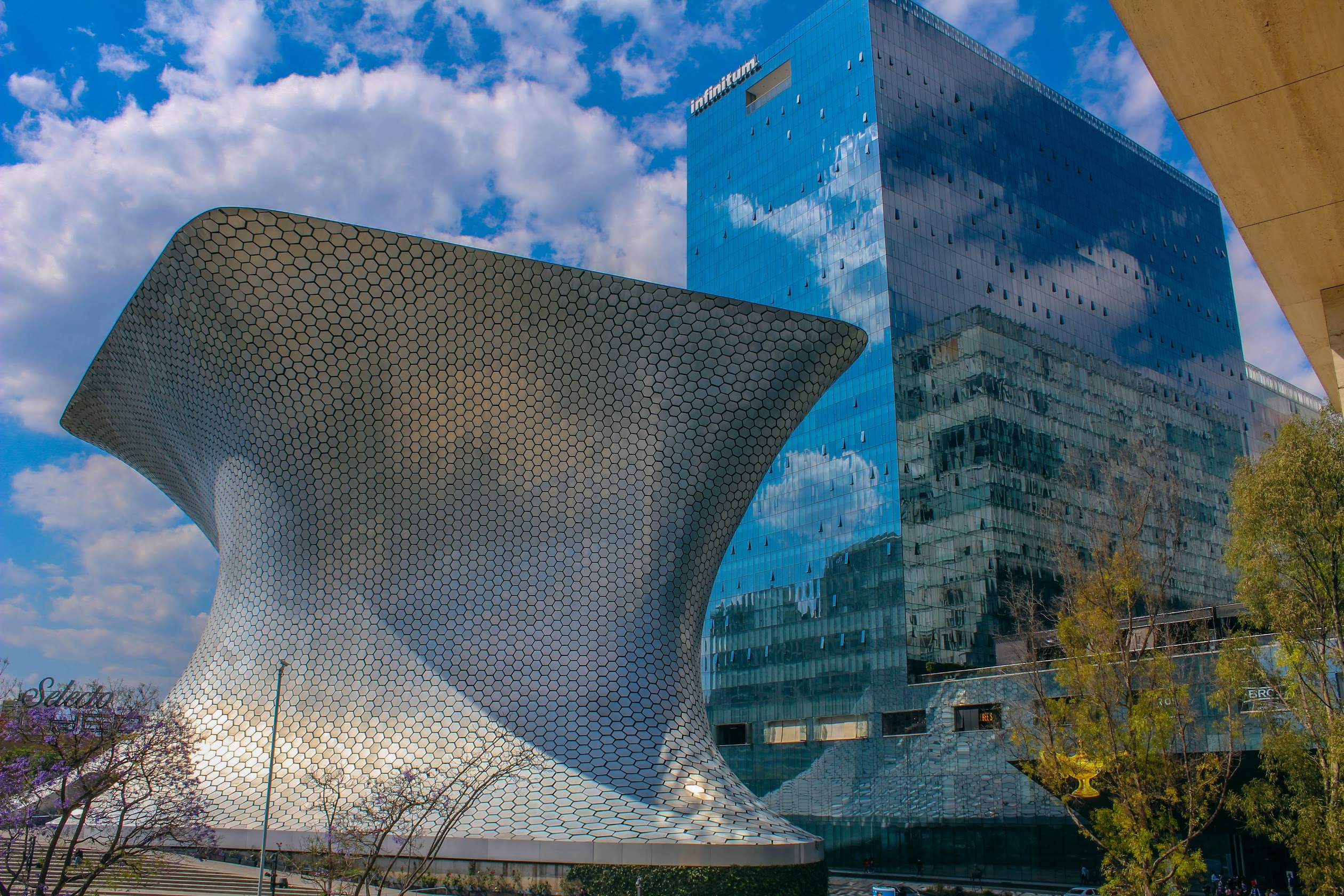
St. Patrick’s Day
On March 17, St. Patrick’s Day is celebrated in various parts of the world, and Mexico City is no exception. There are special events in Irish bars and cultural activities that pay tribute to the history of the Saint Patrick’s Battalion, a group of Irish immigrants who fought alongside Mexicans during the Mexican-American War. You can join the festivities at places like "The Shamrock" or "Celtics Pub."
Traditional Market Route
Markets are a fundamental part of Mexican culture, and in March, you can enjoy the freshness of the season. Markets such as Mercado de San Juan, known for its gourmet and exotic products, and Mercado de la Merced, one of the largest and most traditional, are perfect for tasting fresh fruits, typical snacks, and traditional dishes.
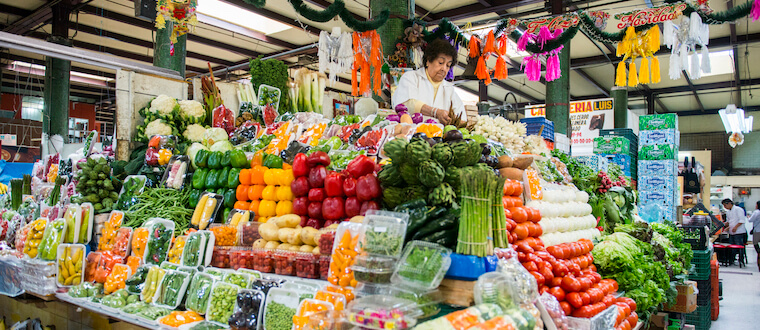
Mexican Cuisine Week
March is a great month to enjoy gastronomic festivals, and many restaurants participate in Mexican Cuisine Week, where they offer special menus of traditional dishes like moles, tamales, and pozoles. It’s a great opportunity to explore the country’s culinary diversity.
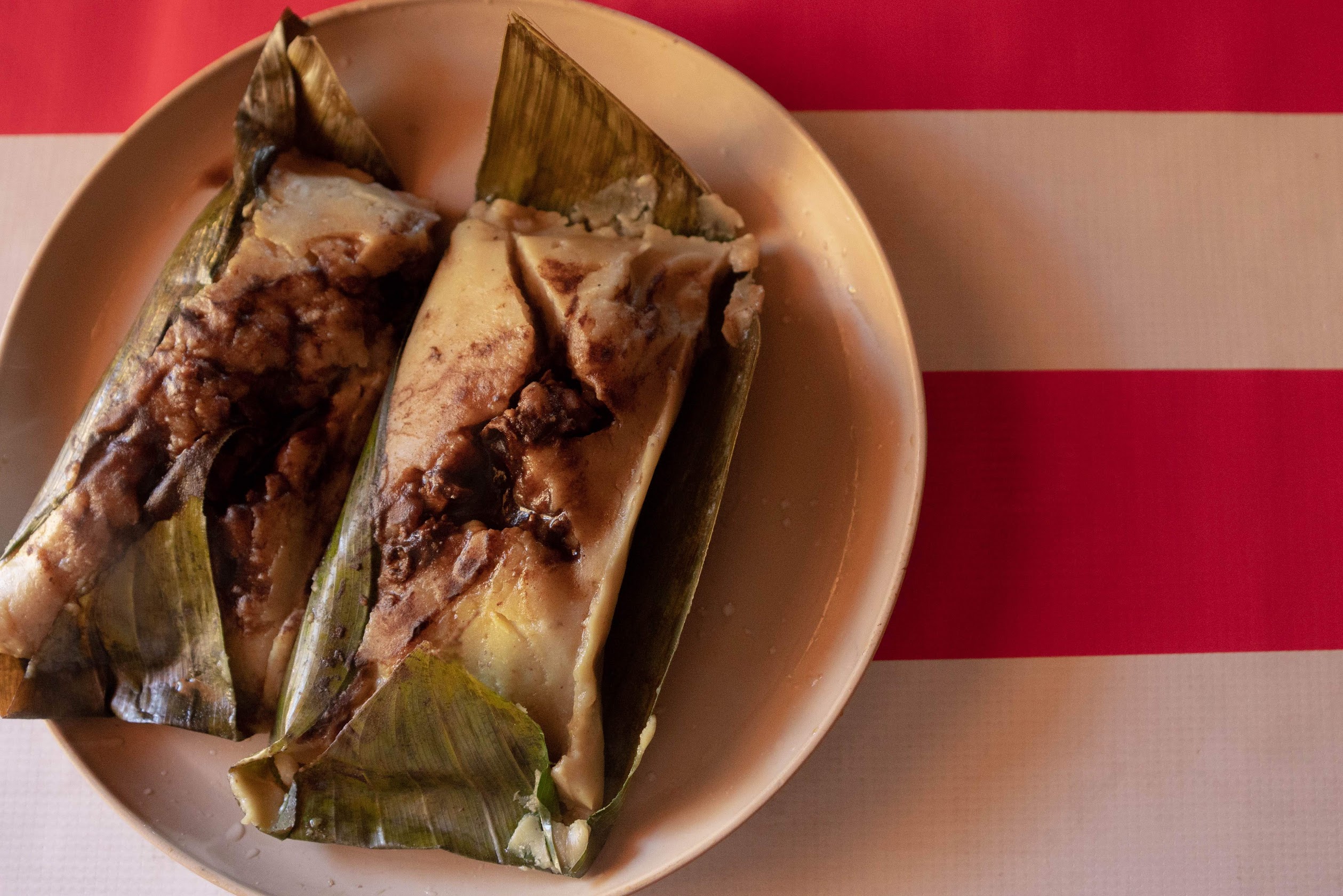
Traditional Pulque Bars
Pulque, a pre-Hispanic beverage made from maguey, is very popular in Mexico City, and March is a good time to try it in a traditional pulque bar. Recommended options include Pulquería Los Insurgentes and Las Duelistas, which, in addition to offering natural pulque, also have curados (pulque flavored with fruits or special ingredients).
Archaeological Sites
Mexico City hosts several archaeological sites that offer a glimpse into the pre-Hispanic past of the region. These places testify to the cultures that inhabited the Valley of Mexico before the arrival of the Spanish, such as the Mexica (Aztecs), Teotihuacanos, and other civilizations that contributed to the cultural development of Mesoamerica.
- Templo Mayor: is one of the most emblematic archaeological sites in Mexico City. It is located right in the Historic Center, near the Metropolitan Cathedral and the Zócalo, and is part of the heart of the ancient Tenochtitlán, the capital of the Mexica empire. This site was one of the most important temples of the sacred city, dedicated to the gods Huitzilopochtli (god of war) and Tlaloc (god of rain).
The Templo Mayor went through several phases of construction, with overlapping structures built over the centuries. It features remains of altars and sculptures that decorated the place, including the famous stone of Coyolxauhqui, the moon goddess. The Templo Mayor Museum, located next to the site, exhibits an impressive collection of objects found during excavations, such as ceramics, sculptures, and offerings.
- Teotihuacán: Although it is not located within Mexico City proper, it is just about 50 km to the northeast and easily accessible from the capital. It is one of the most impressive archaeological sites in Mesoamerica and one of the most visited in the country. It was one of the largest and most advanced cities of the ancient world, with an estimated population of over 100,000 people at its peak.
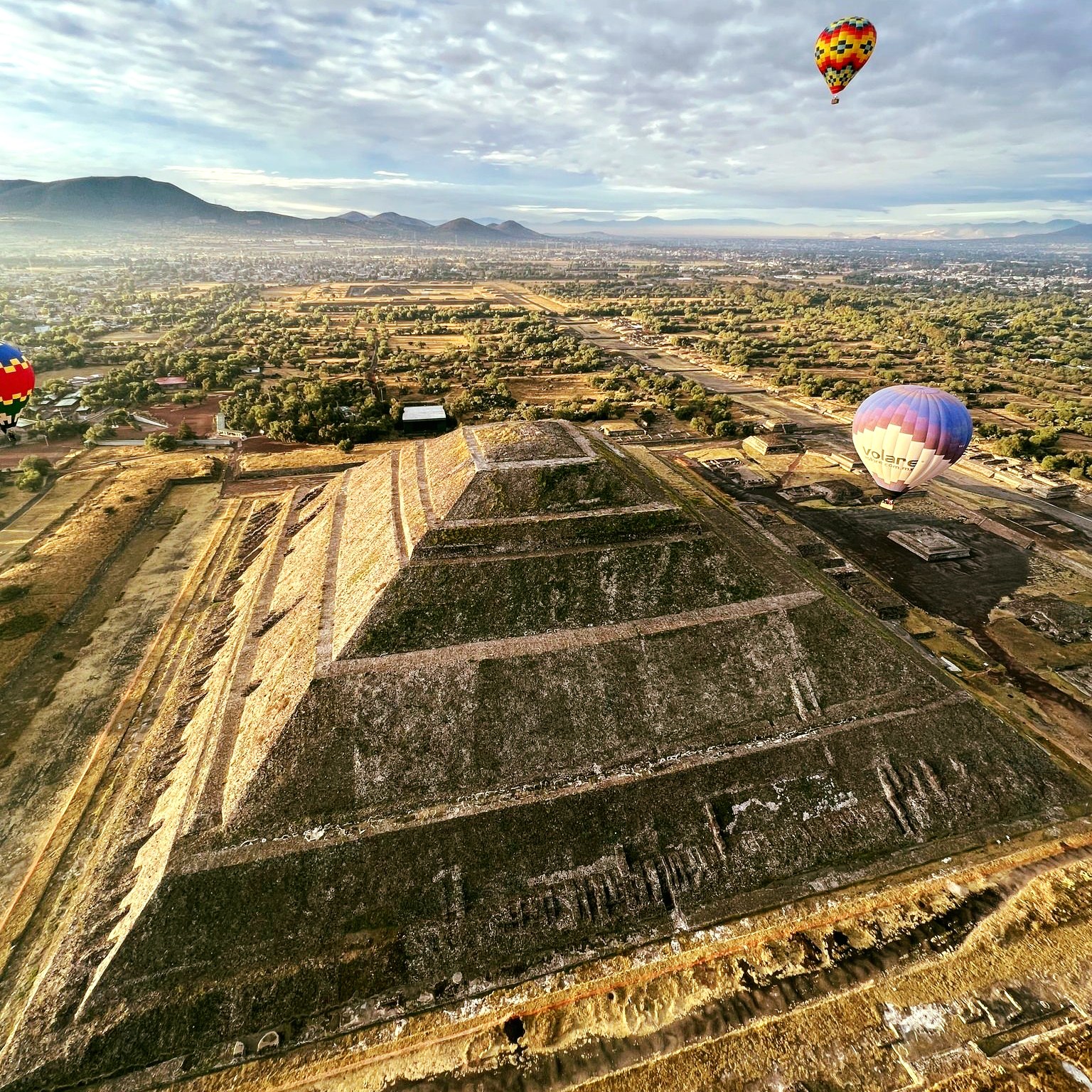
The Pyramids of the Sun and the Moon are its most iconic structures. The Pyramid of the Sun is the third largest pyramid in the world and offers spectacular views from its summit. The Temple of Quetzalcóatl and the Avenue of the Dead are other highlights, with relief decorations showing feathered serpents and other symbolic elements. There are several museums on the site, such as the Teotihuacan Culture Museum, which displays artifacts found in excavations.
- Cuicuilco: is one of the oldest settlements in the Valley of Mexico and was an important civilization before the rise of Teotihuacán. It is located in the south of Mexico City, near the Tlalpan area. The most notable feature of the site is its circular pyramid, unique in its kind, dating from around 800 BC. It was abandoned after being covered by lava from the Xitle volcano in the 1st century AD.
The circular pyramid of Cuicuilco differs from the traditional stepped Mesoamerican pyramids, making it a special site for the study of pre-Hispanic architecture. The site includes remains of other structures and a network of ceremonial paths. There is a small museum that offers information about Cuicuilco’s culture and its relations with other Mesoamerican civilizations.
- Tenayuca: is located in the municipality of Tlalnepantla, north of Mexico City. It was an important city founded by the Chichimecas in the 13th century, and its architecture shows the influence of the Toltecs and Mexicas. The main structure is its double pyramid, which has two temples at the top, one dedicated to Tlaloc and another to Huitzilopochtli.
The pyramid of Tenayuca is similar in style to the Templo Mayor of Tenochtitlán, with carved serpent decorations surrounding the base. It is one of the least visited archaeological sites in the area, making it an ideal choice for those looking for a less crowded historic place. Nearby Tenayuca Vieja is another area of interest, though it is in a more deteriorated state.
- Tlatelolco: located in the Plaza of the Three Cultures, it is a highly significant historical site for Mexico’s history. It was the last stronghold of the Mexicas during the Spanish conquest and is also known for being the site where the student massacre occurred in 1968. Before the arrival of the Spanish, Tlatelolco was a twin city of Tenochtitlán and had its own market, the largest in Mesoamerica.
It features remains of temples and religious structures, as well as a large ceremonial plaza. The Tlatelolco Site Museum offers information about the city’s history and the importance of the pre-Hispanic market. The Church of Santiago de Tlatelolco, built in the 16th century, is an example of the cultural fusion between pre-Hispanic and colonial Mexico.
- Mixcoac: is located in the neighborhood of the same name, south of Mexico City. It was a ceremonial center dedicated to the god Mixcóatl (Cloud Serpent), a deity associated with hunting and war. The site presents platforms, altars, and remains of pre-Hispanic buildings.
Although it is a small site, it offers a glimpse of urban development in the southern Valley of Mexico before the arrival of the Mexicas. It is surrounded by a modern urban area, providing an interesting contrast between the ancient and contemporary.
Walks through Iconic Neighborhoods
- Coyoacán: This colonial neighborhood is famous for its cobblestone streets, plazas, and craft market. In March, the atmosphere is calmer than in high season months, allowing for a better enjoyment of its bohemian essence.
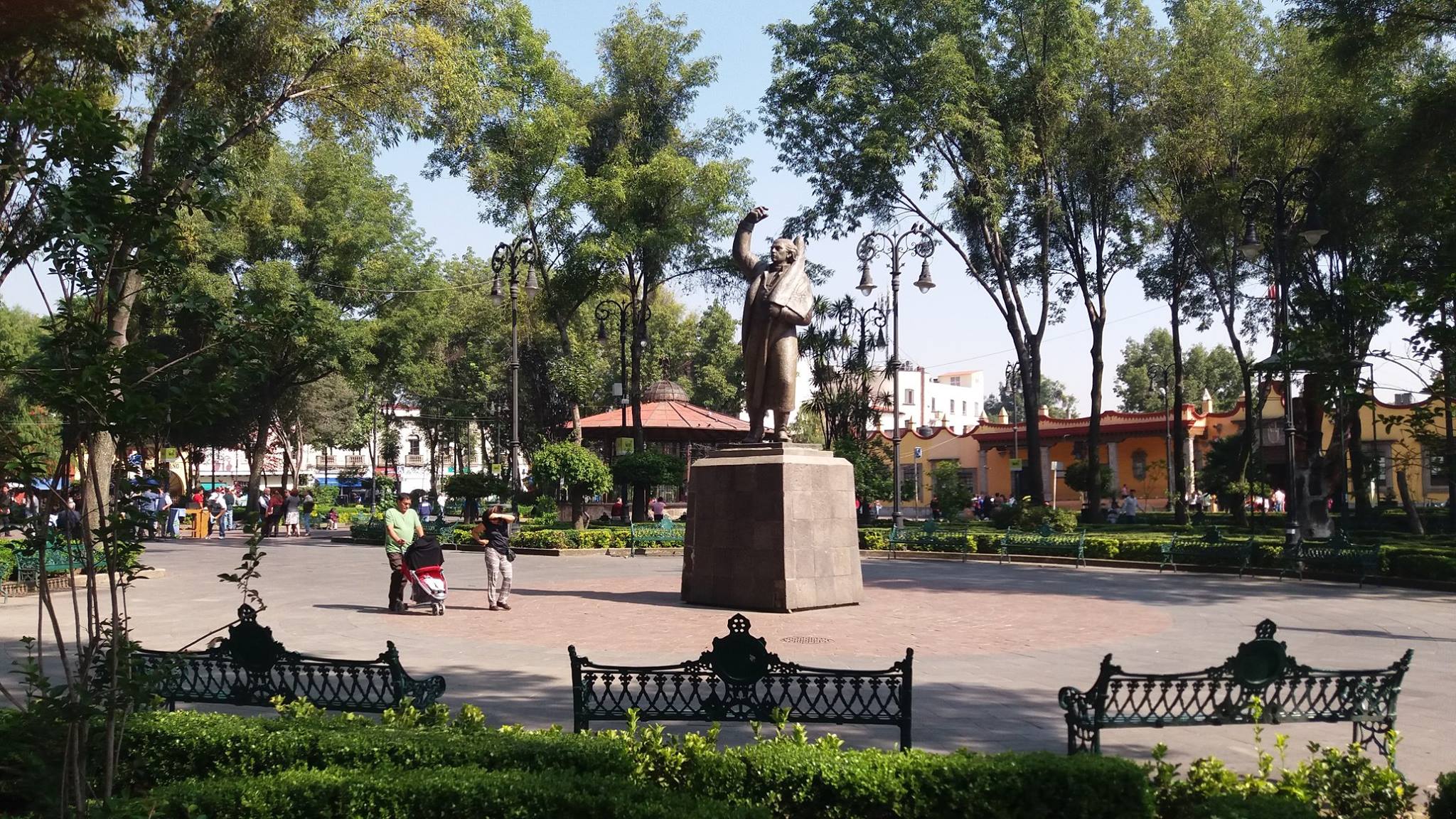
- Roma and Condesa: Perfect for walking, these neighborhoods are full of cafes, restaurants, art galleries, and boutiques. They are ideal places for a relaxed stroll and to enjoy Art Nouveau and Art Deco architecture.
- Xochimilco: No visit to Mexico City would be complete without a ride on a trajinera through the canals of Xochimilco. In March, the weather is perfect for navigating the canals, listening to mariachi music, and enjoying a typical meal onboard.
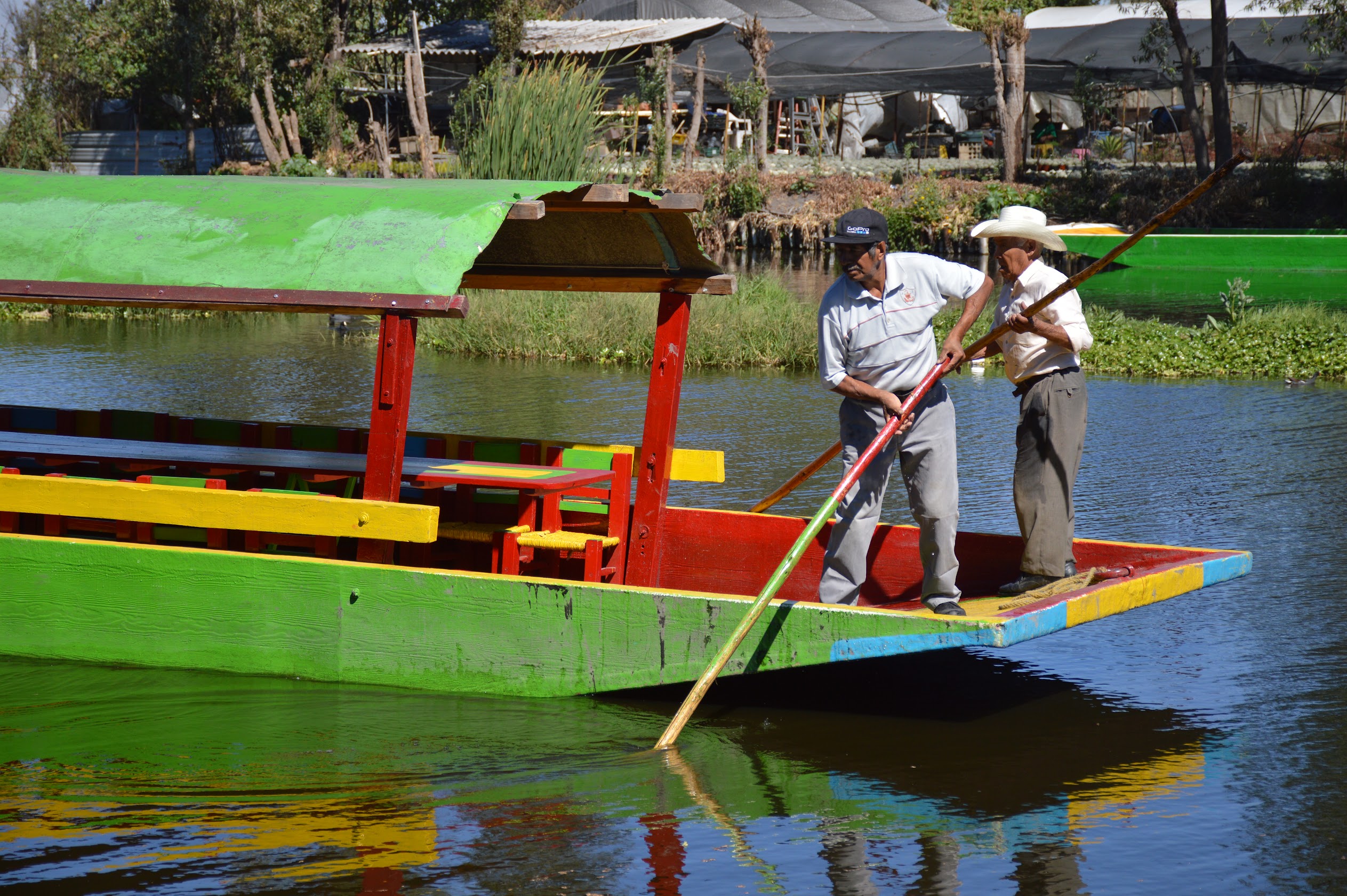
Vive Latino
Vive Latino is one of the most important and iconic music festivals in Latin America. Held annually in Mexico City, this event has become a reference in the Hispanic American and global music scenes. Since its first edition in 1998, it has grown exponentially, both in the number of attendees and in the diversity of its lineup, which includes artists from various musical genres.
The festival has hosted legendary international bands and artists such as The Chemical Brothers, Gorillaz, The Cure, Guns N' Roses, as well as renowned Spanish-speaking bands like Café Tacvba, Caifanes, Molotov, Zoé, Los Fabulosos Cadillacs, and many more.
Foro Sol, in Mexico City, is the traditional venue for Vive Latino. This venue, with a capacity of over 65,000 people, offers several areas and stages arranged for simultaneous performances. Vive Latino features multiple stages where artists perform simultaneously, allowing attendees to choose from various musical options during the festival. Although its origins are in rock music, the festival has evolved to include rap, electronic music, indie, reggae, cumbia, and more. This makes it an eclectic event that attracts audiences with different tastes. Generally, Vive Latino takes place over two days in March, but some special editions have included a third day of activities. Besides live music, the festival offers complementary activities such as record fairs, art exhibitions, merchandise stands, games, and the Casa Comedy Tent, where stand-up shows are held.
Recommendations for Vive Latino
- Buy your tickets in advance: Tickets for Vive Latino usually sell out quickly, especially for highly anticipated editions or when important international artists are announced. Make sure to purchase them as soon as they go on sale.
- Wear comfortable clothing: As it is an outdoor event, it is recommended to wear comfortable clothes and bring a light jacket, as temperatures can drop at night. It is also important to bring sunscreen, a hat, and sunglasses.
- Plan your schedule: Check the festival program to plan which artists you want to see and on which stage they will perform. This will help you maximize your experience and avoid missing your favorite bands.
- Stay hydrated and eat well: The festival can last many hours, so it’s crucial to stay well hydrated and eat properly. There are several food and drink stalls inside the venue.
Recommendations for visiting Mexico City
- Weather in March: The weather in Mexico City in March is usually quite pleasant, with temperatures ranging between 54°F and 77°F (12°C to 25°C). It is a dry month, so rain is infrequent, making it an ideal time to explore both outdoor and indoor activities. It is recommended to wear light clothing during the day and bring a jacket for cool evenings.
- Transportation: Mexico City has a quite efficient public transportation system, although it tends to be very crowded. The Metro is an economical and fast option, while Uber is comfortable for longer distances. Avoid using public transport during peak hours (7:00–9:30 AM and 6:00–8:30 PM).
- Safety: Although Mexico City has improved in terms of safety, it is advisable to take precautions. Avoid walking alone at night in unknown areas and be careful with your belongings in crowded places. Use taxi services or apps like Uber instead of hailing taxis on the street.
- Tips: In restaurants, it is customary to leave a 10–15% tip on the total bill. In bars, it is also usual to tip the waiter. If you use the services of a guide or driver, a tip is appreciated as well.
- Hydration: The altitude of Mexico City (7,350 feet / 2,240 meters above sea level) can cause dehydration or discomfort in some visitors. Stay hydrated and take your time to acclimate.
- Sun protection: The sun can be strong even in March. Use sunscreen and sunglasses, especially if you plan to spend a lot of time outdoors.
- Currency exchange: Make sure to have Mexican pesos in cash, as not all places accept cards. Exchange money at official exchange houses for better rates.
Mexico City in March offers a perfect combination of culture, history, and entertainment. With activities for all tastes, it is an ideal destination for those looking to explore Mexico’s cultural richness, enjoy its gastronomy, and visit historic places. Get ready for an unforgettable experience!
journey




